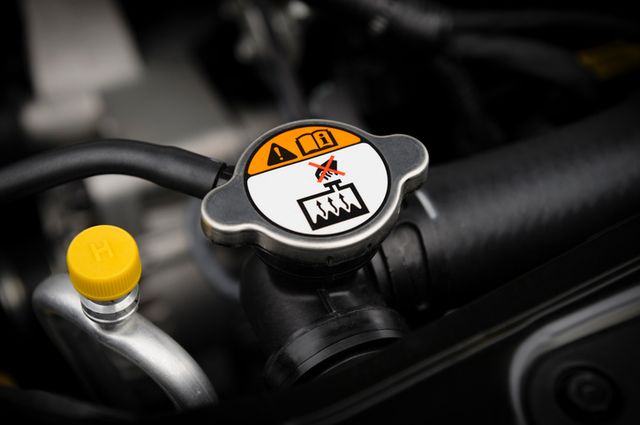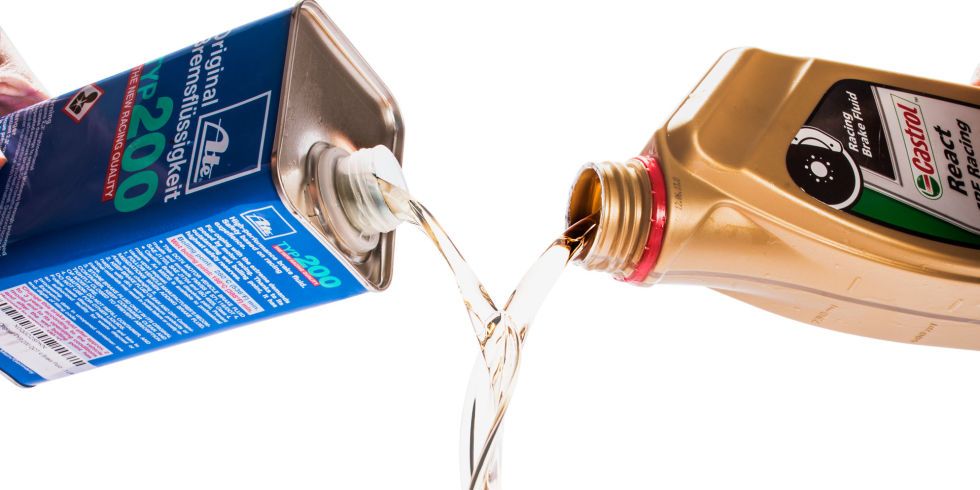Throughout history, drivers have strived to improve the efficiency and dependability of their vehicles. Today's automobiles are the greatest they've ever been, but they're still not maintenance-free wonder machines. Cars also need constant maintenance, with the six distinct fluids requiring the greatest care.
Fluids have a big impact on practically every aspect of your automobile, including fuel efficiency and lifetime. Keeping them at the right level can extend the life of your vehicle and improve its performance, which is something we can all appreciate.
Engine Oil
Oil is the most critical fluid in your automobile, second only to petrol (unless you have an electric vehicle). Engine components spin hundreds of times each minute, and oil keeps everything running smoothly.
Most automobiles feature a dipstick in the engine area to rapidly examine the oil. It is recommended to check your oil after your engine has been shut off for at least 10 minutes, allowing the oil to settle and cool. First, remove the dipstick and wipe it clean with a cloth or rag. Then reinsert it and draw it out. The dipstick has maximum and minimum indications that display how much oil is in your engine. The oil level on the dipstick should be around maximum. If it's at or below the minimum, add extra right away. A low measurement may indicate an engine leaking or burning oil, which may cause harm if not addressed.
The oil level is one thing, but the condition is as crucial. To investigate, you'll have to get your hands filthy. Smear the oil on the dipstick using your fingertips. It should feel fluid and smooth; if you detect any particles or grittiness, the components are most certainly wearing down, which is a serious problem.
Take a look at the color of the oil. If the color is golden or amber, you're fine to go. A dark coffee or black hue indicates an oil change, whereas a milky tone indicates coolant seeping into the engine. Speaking about it.
Coolant

With all the combustion and friction that happens in an engine, it produces a lot of heat. Coolant (also known as antifreeze) works to keep everything, well, cool, by absorbing engine heat and dissipating it through the radiator. Maintaining the correct coolant level prevents overheating.
You only have to check this fluid every 50,000 miles or so, but if there's a leak or other issue it's important to know how to top it off. Warning: Never check your coolant while the engine is hot. Pressurized coolant can spray and cause burns. Always wait for the engine to cool completely before checking the coolant.
The process to check coolant varies from car to car. If your car has a coolant expansion tank, look to see if the coolant falls between the minimum and maximum indicators on the tank. If it doesn't, open the radiator cap to see if the coolant is filled up to the top. Before you add coolant, make sure it's a type approved for your vehicle and give the radiator a few minutes to "burp" out any trapped air bubbles before you put the cap back on.
Power Steering Fluid
If you've ever driven a classic car, likely the first things you noticed was the super heavy steering. Can you imagine trying to parallel park? Modern cars have upgraded to power steering to make maneuvering easy at any speed, and many power steering systems are hydraulic, using pressurized fluid to make turning the wheel effortless (though some newer models now rely on electric streering). There's no set timeframe on when power steering fluid needs to be replaced, but you should still know how to check it.
Like with other fluids, look for either a dipstick or reservoir in the engine bay. The process is similar in that you'll remove the dipstick or check the markings on the reservoir. If the fluid is low just top it off, but it's essential to use the type specified for your vehicle to avoid damage. If you find that you're frequently adding fluid, it's likely there's a leak, and your car will become increasingly difficult to steer if it isn't addressed.
Brake Fluid

The importance of your car's brakes needs no explanation. Modern car brakes are hydraulic, meaning that fluid connects the pedal to the brakes themselves. When you step on the pedal, a plunger pressurizes the brake fluid inside the lines, which causes the brake pads to clamp on the rotors and slow your car. It's supposed to happen instantly – if there's any delay or abnormal feeling to your brake pedal, the fluid is the first thing to check.
Over time brake fluid can become contaminated by water, which can make brake lines rust. Leaks can also form, leading to a spongy pedal feel or irregular brake performance. Most cars have a brake fluid reservoir in the engine bay, and checking it is as simple as taking a look at its level and color. Like with other fluids, make sure the level falls between the minimum and maximum indicators. Add more if it's below the minimum, but make sure it's a type compatible with your car. Brake fluid comes in several varieties with their own distinct colors, but all should be translucent, not cloudy or dark. If you can't see through your brake fluid, get it replaced.
Transmission Fluid
Transmission fluid serves a similar purpose as oil in the engine: it lubricates and cools the components inside your transmission. Transmissions contain gears, clutches (even in automatics), and valves which must move smoothly to provide seamless shifts. While many transmissions come with "lifetime" fluid that should never need replacement, bad transmission fluid can cause rough shifting, strange noises, and uncontrolled surging that make driving difficult.
If you experience any transmission issues, check the fluid first. Some cars have a dipstick, however others require a professional mechanic to inspect the fluid condition. If your car has a dipstick, the process is the same as above, though you'll need to have the engine turned on and the transmission in Park or Neutral to get an accurate read. Inspect the fluid level, as well as its condition. It should be amber or red in color, and feel smooth. Like with other fluids, if it's dark, cloudy, or gritty, it means there is a problem that needs to be inspected.
To add transmission fluid, pour it into the fill tube if your vehicle has one. After verifying the fluid level on the dipstick, move the gear selector through the gears with your foot on the brake to help the new fluid flow through the transmission. Transmissions are complex pieces of equipment, so if you continue to have problems it's best to contact a professional.
.png)










